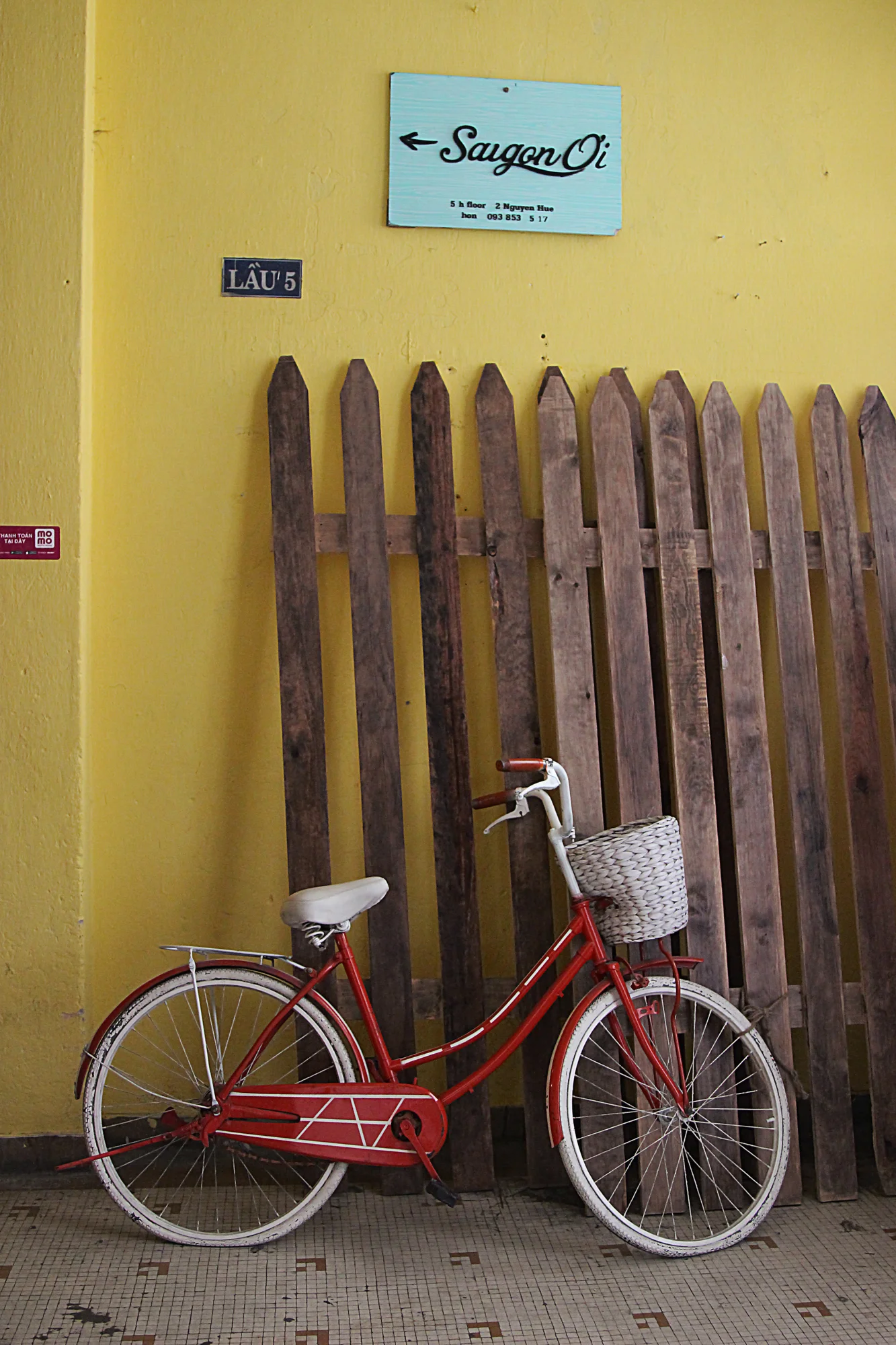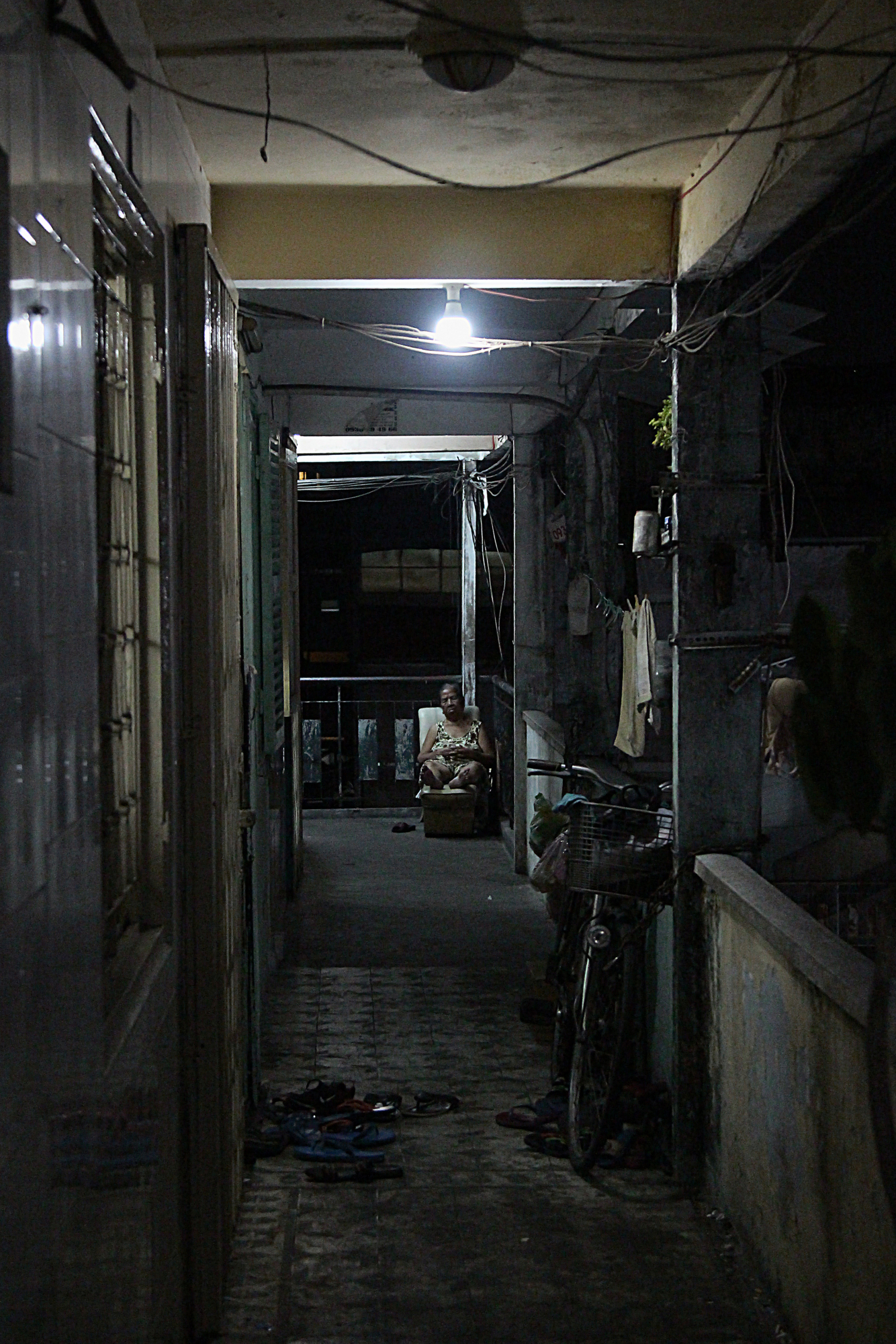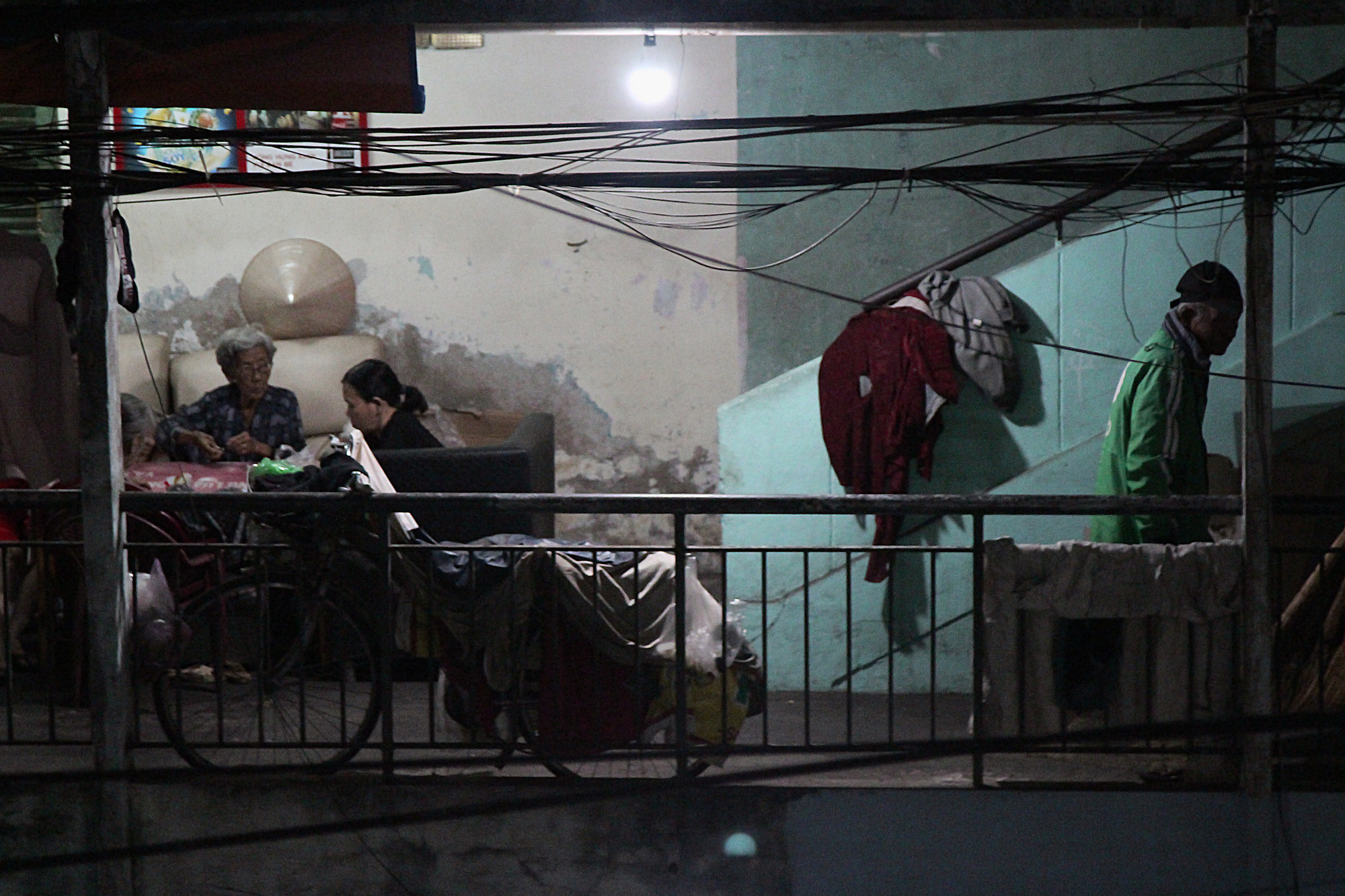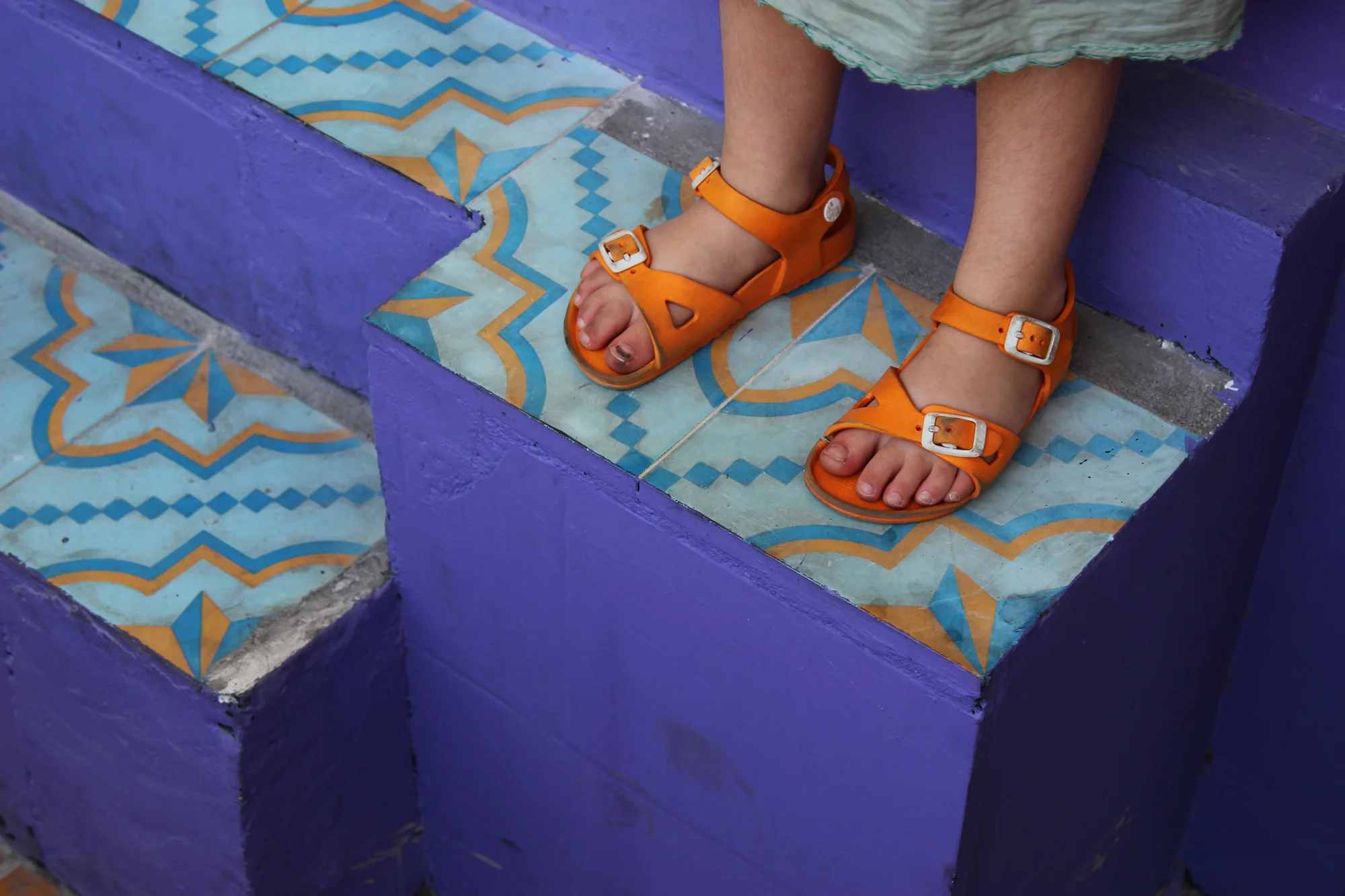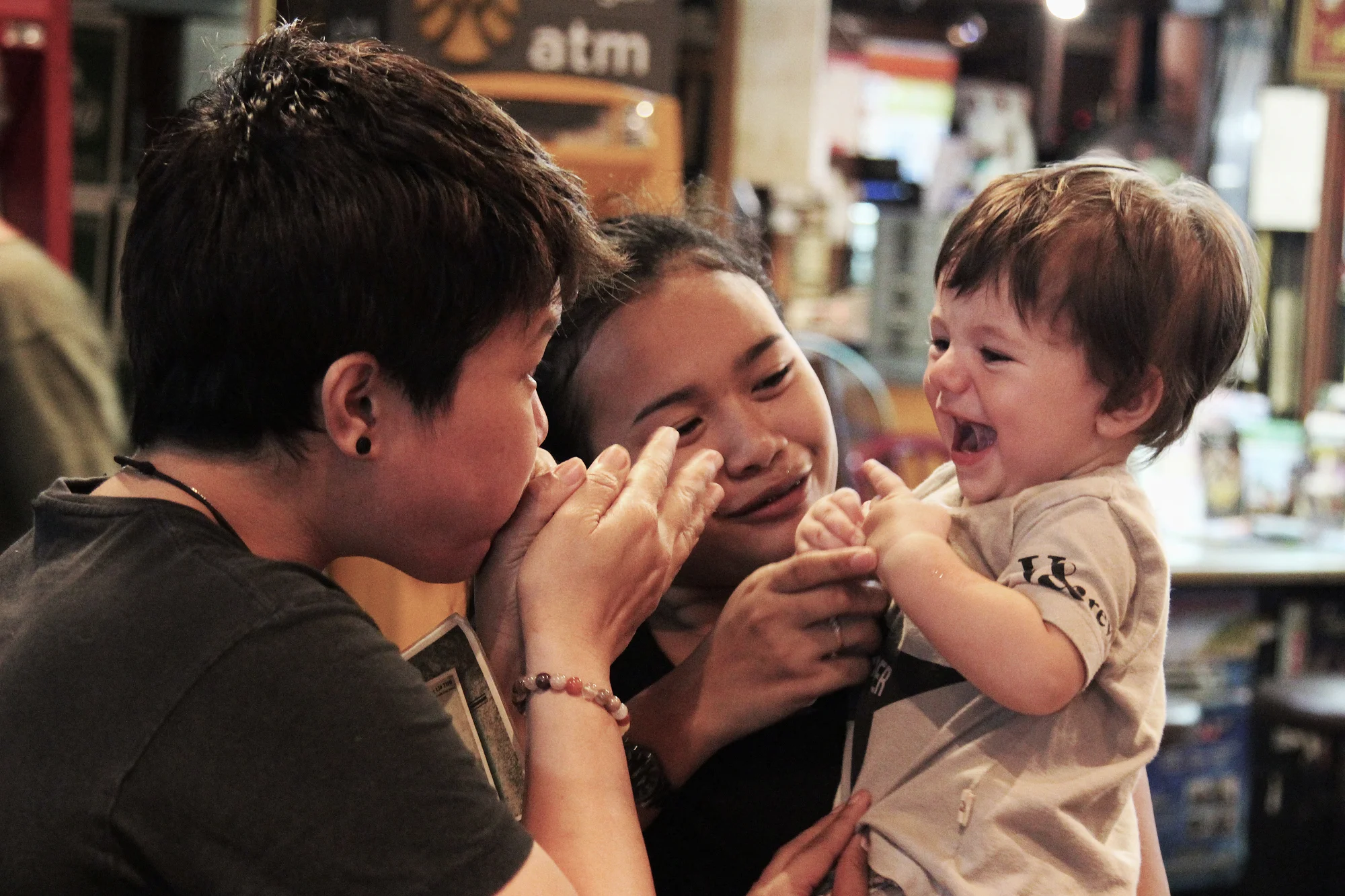A tale of two buildings
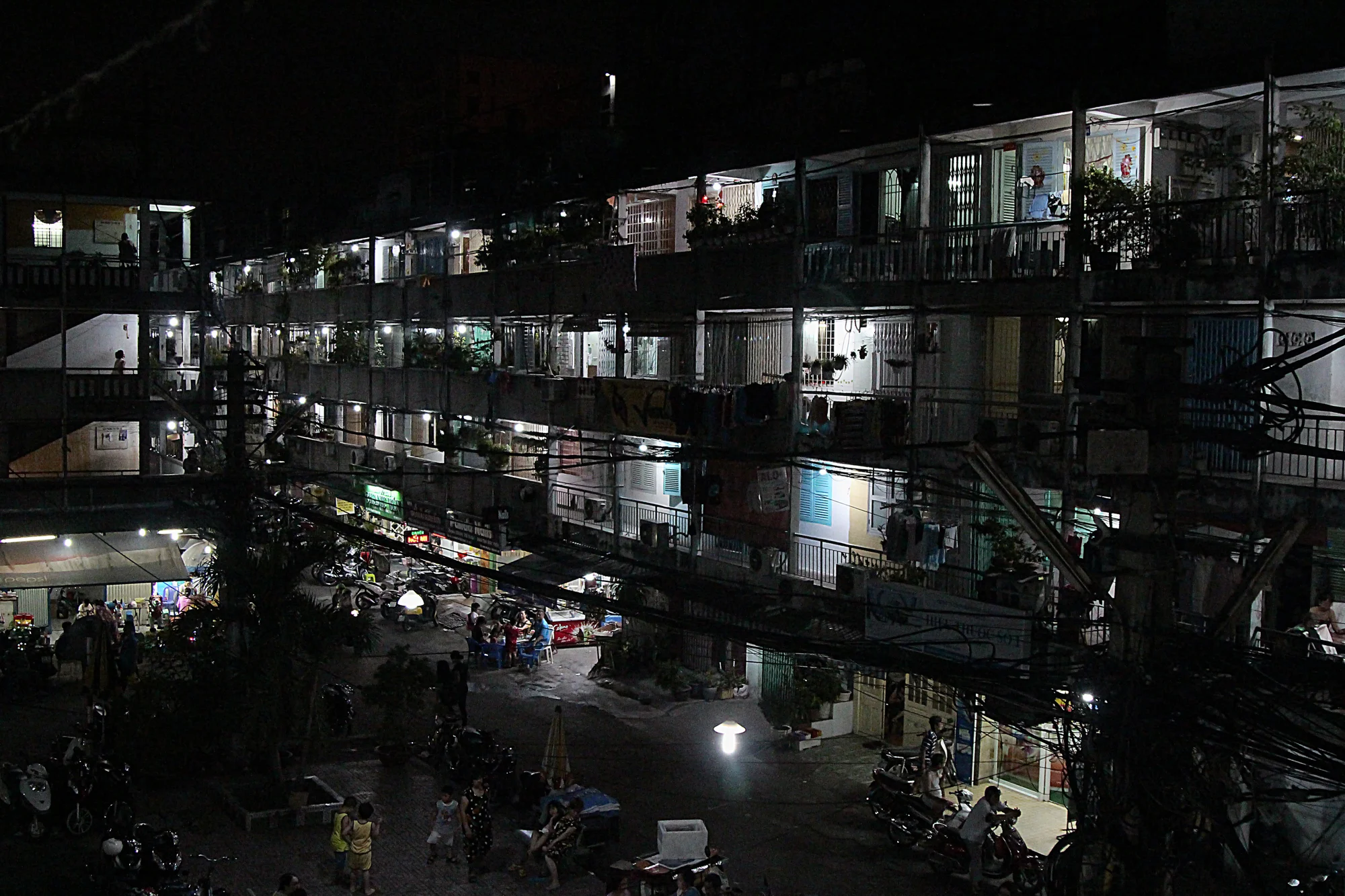
OK, we admit it. We weren’t excited about Ho Chi Minh City. Not at all. Try as we might, google as we might, we couldn’t find much past the grand museums, monuments and mausoleums. Now if you know us, or have been following this trip at all, you’ll know that’s not really our cup of tea. But our itinerary meant we had a few days in town before heading off up the Mekong Delta, so we were determined to make the best of it.
HCMC is wildly, brutally different to the bohemian joy of Hanoi. The chaos is still there, the thousands of motorbikes swarming the city like ants on uppers, but the feeling of Saigon —as the locals still refer to the inner districts— is another animal entirely. It’s big, it’s grey, and in Vietnam, it means business.
The ghosts of the ‘American War’ hang heavy in the air too, and we felt them deeply at the War Remnants Museum. Fronted by the glossy black doom of tanks and bombs, the museum is a beautiful, terrible, life-changing memorial to those affected by the conflict, from Robert Capa’s last roll of film to the generations scarred and distorted by agent orange. Walking through a gallery of images of ferociously protective mothers, their hungry children clinging to them as River napped peacefully in his sling, was deeply humbling —a stark lesson in how lucky we really are. It was a vital visit for us but we were, after all, travelling with kids. So afterwards, we went in search of both strong caffeine and a lighter subject matter.
Vietnam might be a country full of elegant, character-packed cafés and some of the most delicious coffee we’ve ever consumed, but we’d heard about something called the Café Apartments and it sounded too good to miss. A huge block of ex-military flats had apparently been reborn as a warren of independent boutiques, tea salons and coffee shops and our curiosity led us straight to its door. From outside, number 42 on Nguyen Hue Walking Street is a bundle of contradictions. The bones of the building may be decidedly old-school and unglamorous but the windows are another story, each one home to a different sign, a different name. A mishmash of neon, fairy lights and bare bulbs that light up the block like a Christmas tree at night.
Enter the building and the contradictions keep coming. As we wandered the ageing maze of corridors, the mustard paint was flaking, the tiles were crumbling and we bumped into an elderly man in a yellowing vest, fumbling with his keys as he let himself into his flat. Many of the original residents have stayed, and for the most part, life here goes on as usual. Until, that is, you try a different door. Or a different floor. Like a giant lucky dip, some doors are locked but others open up into completely parallel worlds full of fantasy and fun. Because in recent years, this block has turned itself into the coolest address in town.
Young, hip Saigon kids swarm here from morning to night, and we did the same, bouncing from the industrial chic of The Maker to browsing the sprawling Fahasa bookstore on the ground floor to the sugar highs of injecting a doughnut with a salted caramel syringe at Dosh. There are homeware shops, fashion ateliers and bars. You can get your nails done, your feet done, your pretty much anything done. You can, amazingly, pretend to be English at Partea, a very Vietnamese vision of our home country that assumes we spend all of our time in frocks straight out of Alice in Wonderland, sipping tea from pots shaped like thatched cottages and judging our brew with tiny timers.
It was utterly barmy and utterly brilliant. A glimpse of a fresh future for this grey but glittering city. And then we saw that old guy again, on his way out from the modest home that had somehow found itself surrounded by hipsters with jaunty hats and questionable facial hair. And we wondered where the real apartment blocks were, the ones without the foam art and the manicures.
Two days later, we got our answer. Having tried and loved our tour with Hanoi Kids a month or so earlier, we found ourselves standing on a street corner with Minh, our guide from the bizarrely named Saigon Hotpot, an equivalent scheme in HCMC. Armed with a network of university students full of local knowledge and enthusiasm to practice their English, Saigon Hotpot lets you experience the city in whichever way you choose, for free. And, as we’d asked to see how people in Saigon really lived, we found ourselves out in District 4, climbing up a concrete motorbike ramp into a grim looking residential block, with the baby, five year old and mother-in-law in tow. At first, it didn’t look great. It was the kind of moment you start checking your phone is still in your pocket or pulling your sleeve down over your watch. But then we got over ourselves, took a breath and found the real thing.
Like the Café Apartments, this block had been inhabited by the military during the war, then given back to the people after reunification. Like the Café Apartments, the grid of flats is lit up in a pastel rainbow. But there the similarities end. There are no businesses here, or beards, or neon art. The colours come from the interior wall paint, as the relentless wet heat of Saigon means that front doors are open all hours. Each apartment is tiny— a living room, a bedroom and a bathroom to house three generations. Vietnam might be cutting edge in terms of technology and style, but it’s still conservative and it’s still poor. Minh was still living at home, he told us, sharing a bedroom with his parents, who would disown him if they knew what he got up to in the buzz and nightlife of Saigon proper.
Unused rice was hung out to dry in wire racks on the balcony, ready to sell or give to the neighbours. Below, in the hot night, every kid in the building ran and chased balls in the play area, their mothers chatting while keeping a lazy eye on their offspring. Upstairs, at the in-house temple, Buddhist monks in flowing gowns of rust and tangerine provided the soundtrack, only breaking from their chant to pop their heads out of the door and chat to Olivia. And across from us, against a backdrop of fading turquoise paint, an old lady hobbled slowly and stubbornly down a stairwell, clutching a plate of food. She joined another old lady, who had set up a table for two on the landing. “They’re not related.” Minh tells us. “They’re just neighbours. They like to eat together, and here they can”.
So it was there, on that little landing, that we realised we’d found our Saigon. Not in the tours of monuments, not in the roar of traffic, but in two buildings that sum up the modern city. One charging headlong into the future, free wifi, flat whites and all. And another, happy in itself, a tight-knit community living simply and together, the way they always have. To get under the skin of Saigon, it seems, you just have to find an open door.
The Cafe Apartments
42 Nguyễn Huệ, Bến Nghé, Quận 1, Hồ Chí Minh, Vietnam
Saigon Hotpot
http://saigonhotpot.vn/




